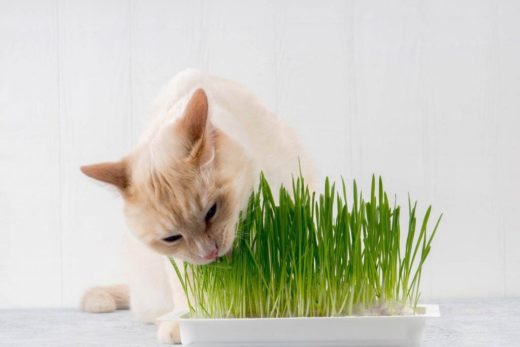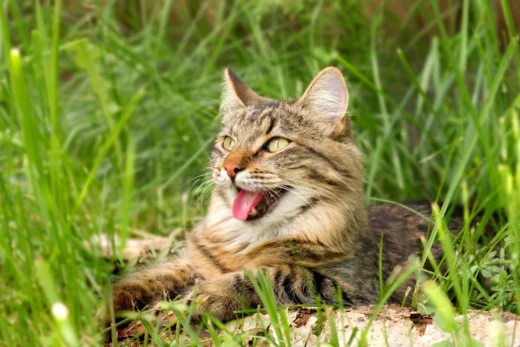You might’ve noticed how your cat might mask their discomfort and illness until the very last minute – which is usually by the time they’ve gotten a lot worse. We’ve covered a couple of ways how changes in your cat’s behavior can indicate that they’re sick. So as a responsible cat parent, here’s one stealthy health condition you should keep an eye out for: urinary tract infections (UTIs).
In this post, we cover the signs of UTIs in cats, why they happen, the symptoms they come with, and what steps you can take to stay on top of it. If you’re able to recognize these signs, you might be able to prevent one before it gets too late. Let’s get started.
Table of contents
- What are UTIs in cats? Risk factors explained
- What might cause a UTI in cats?
- Bacterial infections
- Urinary stones
- Abnormalities in your cat’s urinary tract
- Stress
- Other medical conditions
- Your cat’s drinking habits
- Signs & symptoms of UTI in cats
- Changes in urinating behavior
- Changes in your cat’s urine
- Changes in your cat’s behavior
- Other physical symptoms
- Diagnosing UTI in cats: What to expect at your vet visit
- Treating & managing your cat’s urinary problems
- Antibiotics
- Pain relievers
- Flushing procedures
- Fluid therapy
- Dietary changes
- How to prevent your cat from developing UTIs
- Stay informed (and hydrated)
- Be mindful of your cat’s behaviors
- Consider wet cat food brands
- Help your cat de-stress
- Stay on top of your vet visits
- Encourage your cat to be more active
- Monitor your cat’s behavior & activity levels
What are UTIs in cats? Risk factors explained
While uncommon, cats (like humans) are also vulnerable to UTIs – which is when bacteria infiltrates any part of their urinary system. This includes their bladder, urethra, or kidneys.1 In fact, feline lower urinary tract disease (FLUTD) is a common medical condition cats might experience.
Cats of all ages and breeds are vulnerable to UTIs, though a 2020 study found that2:
- Castrated male cats in general were at a higher risk of developing urinary tract problems.
- Older cats might be more vulnerable to UTIs, especially due to their higher risk of chronic kidney disease.
- Overweight cats might be at higher risk of developing urinary difficulties as well, likely due to being more sedentary and drinking less water.
- Non-spayed female cats are less likely to develop urinary problems like FLUTD.
- Older female cats are more vulnerable to diabetes mellitus (or when their blood sugar is too high.) This can also increase their vulnerability to contracting a UTI.
In general, low activity and reduced hydration can increase these risk factors. So we’d always recommend encouraging your cat to be a bit more active, explore the outdoors, and get plenty of water (especially in the summer months.)
What might cause a UTI in cats?
UTIs in cats can arise from various factors, including3:
Bacterial infections
When bacteria enters your cat’s digestive system, it might enter their urinary tract and cause infection.4 Your cat might also be vulnerable to UTIs if their immune system is generally weakened.
Urinary stones
These form as a result of minerals and other substances combining together in your cat’s bladder. Vets are not entirely clear why they develop, but they might increase your cat’s risk of developing a UTI. In fact, cats with bladder stones might develop recurring UTIs.5
Abnormalities in your cat’s urinary tract
These include urethral strictures, can make it difficult for your cat to fully relieve themselves. This increases the likelihood of bacteria infecting their urinary organs.6 At times, injuries to your cat’s spinal cord might also increase the risk of developing FLUTD.
Stress
Like in humans, stress can weaken your cat’s immune system and affect their urinary habits. Often, too much indoor time can cause your cat to feel bored, anxious, or stressed.





